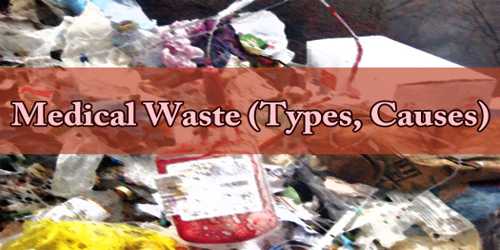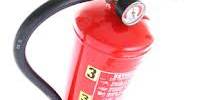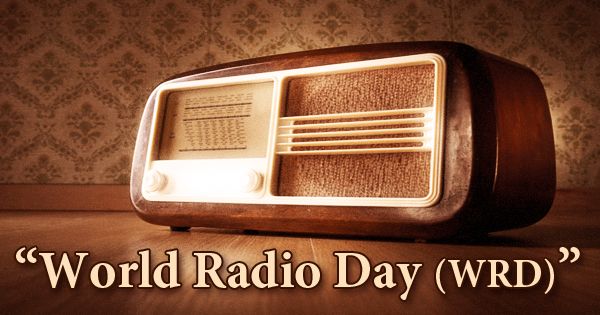Medical Waste is defined as: potentially infectious waste materials generated at health care facilities, such as hospitals, clinics, physician’s offices, dental practices, blood banks, and veterinary hospitals/clinics, as well as medical research facilities and laboratories.
Medical waste can contain bodily fluids like blood or other contaminants. The 1988 Medical Waste Tracking Act defines is as waste generated during medical research, testing, diagnosis, immunization, or treatment of either human beings or animals. Some examples are culture dishes, glassware, bandages, gloves, discarded sharps like needles or scalpels, swabs, and tissue.
A broader definition may also include all materials that is of laboratory or medical origin, including packaging, infusion kits, etc.
Medical waste goes by several names that all have the same basic definition. All of the terms below refer to waste created during the healthcare process that’s either contaminated or potentially contaminated by infectious material.
- Medical Waste
- Biomedical Waste
- Clinical Waste
- Biohazardous Waste
- Regulated Medical Waste (RMW)
- Infectious Medical Waste
- Healthcare waste
The terms are used interchangeably, but there’s a distinction between general healthcare waste and hazardous medical waste. The WHO categorizes sharps, human tissue, fluids, and contaminated supplies as “biohazardous,” and non-contaminated equipment and animal tissue as “general medical waste.”
Medical waste can cause serious health issues if it is not disposed of properly. The types, treatment, disposal, causes, effects as well as solutions for medical waste are examined in the following.
Types of Medical Waste –
The term “medical waste” can cover a wide variety of different byproducts of the healthcare industry. The broadest definition can include office paper and hospital sweeping waste. The list below displays the most common waste categories as identified by the WHO.
- Infectious Waste: Anything infectious or potentially infectious goes in this category, including swabs, tissues, excreta, equipment, and lab cultures.
- Pathological: Pathological waste can be defined as biohazardous waste which includes pathogens, infectious animal bedding, and disposable items infected with human body fluids or blood.
- Radioactive: Radioactive medical waste can be defined as waste generated during the different applications of radioisotopes in biological research or medicine. It may contain infectious biological components from anatomical, research or clinical sources.
- Sharps: This kind of waste includes anything that can pierce the skin, including needles, scalpels, lancets, broken glass, razors, ampules, staples, wires, and trocars.
- Pharmaceuticals: This grouping includes all unused, expired, and/or contaminated vaccines and drugs. It also encompasses antibiotics, injectables, and pills.
- Chemical: These are disinfectants, solvents used for laboratory purposes, batteries, and heavy metals from medical equipment such as mercury from broken thermometers.
- Genotoxic Waste: This is a highly hazardous form of medical waste that’s either carcinogenic, teratogenic, or mutagenic. It can include cytotoxic drugs intended for use in cancer treatment.
- Non-hazardous: Non-hazardous medical waste can be defined as waste from medical origin that does not pose any particular danger to the environment.
Different types of medical waste require different disposal techniques to ensure that any infectious materials cannot contaminate or spread to other areas. Some general medical waste can be disposed of in landfills. Some require special treatment such as a medical incinerator. The vast majority of medical waste must be incinerated to ensure that all traces of infections or pathogens are completely destroyed.
Causes for Medical Waste –
Physicians: There can also be medical waste produced by physician practices. This can include waste from experiments which may come in the form of by-products of experiments. It may also include used laboratory equipment.
Urgent care: Waste from urgent care may include expired medications, trace chemotherapy waste or pathological waste products as well as general trash like paper cups and food scraps.
Dentists: Dental waste can pose threats to the environmental system as well as on humans if not disposed of and treated properly. Dental waste includes plastic, glass, latex, cotton or other materials that may be contaminated with body fluids or other infectious substances.
Moreover, dental practices also cause waste related to toxic chemicals and elements like amalgam, mercury or solvents. If these harmful substances are not disposed of and treated in an appropriate way, they can cause severe health issues since microorganisms may get in touch with humans and may infect these people.
Retail health: Retail health may also cause large amounts of medical waste. This may include waste from drug packaging or used medical equipment.
Vets: Medical waste from veterinary offices may come in the form as non-hazardous as well as hazardous waste. The non-hazardous waste can be disposed as regular office trash, while the hazardous fraction is subject to more careful disposal processes.
Home healthcare: Since the average age in our society increases on a steady basis due to better medical treatment, the demand for home healthcare also increases. Moreover, people often prefer to stay at their homes instead of hospitals. By doing so, home healthcare causes significant amounts of medical waste. This medical waste from home healthcare includes lancets, syringes, and needles.
Assisted living facilities: Medical waste is also caused by several assisted living facilities, including nursing homes, psychiatric institutions, convalescent homes, and disabled persons‘ facilities. Although most of the waste produced in these facilities is non-hazardous, a small part may also contain biohazardous waste.
Waste from assisted living facilities includes chemotherapy waste, sharps, radioactive waste, and other hazardous waste items. Thus, waste from assisted living facilities has to be collected, segregated, and stored in an appropriate way in order to prevent public health issues.
Hospitals: Hospitals are another great source for medical waste. Since they usually have all sorts of patients, they also produce many different types of medical waste. This includes non-hazardous general waste as well as hazardous medical waste. Hospital waste includes chemical, infectious, radioactive, and pharmaceutical items as well as sharps, syringes, and other materials.
Funeral homes: Funeral homes also produce many different kinds of medical waste. These may include scalpels, scissors, cannulas, trocars or incision needles. Since a fraction of this medical waste is classified as hazardous waste, funeral homes have to make sure that this fraction is disposed properly in order to avoid public health risks.
Research: There is also a significant amount of medical waste that is produced in research facilities. These waste products include hazardous as well as non-hazardous medical waste.
The hazardous part may include medical waste that is contaminated with dangerous microorganisms which can cause severe health conditions.
Thus, the hazardous part of waste from medical research facilities has to be disposed with great care in order to prevent health problems for our society.
Information Sources:
















